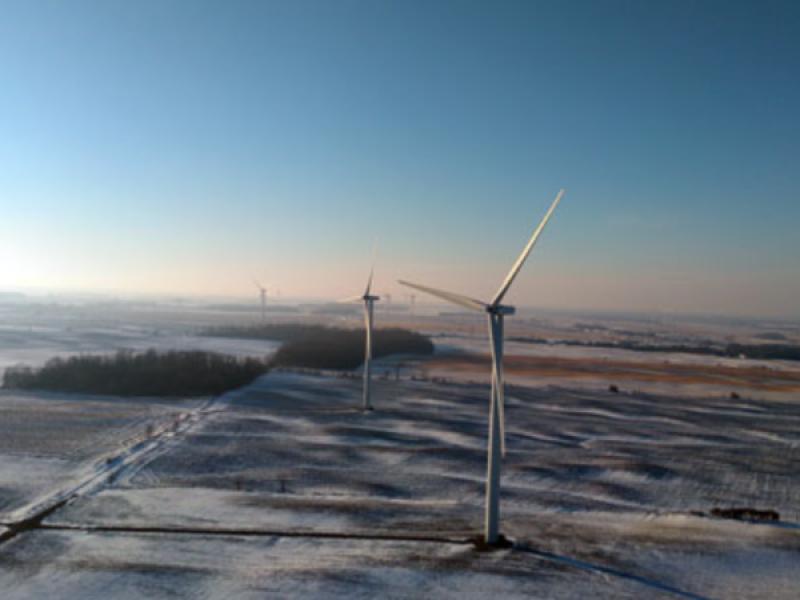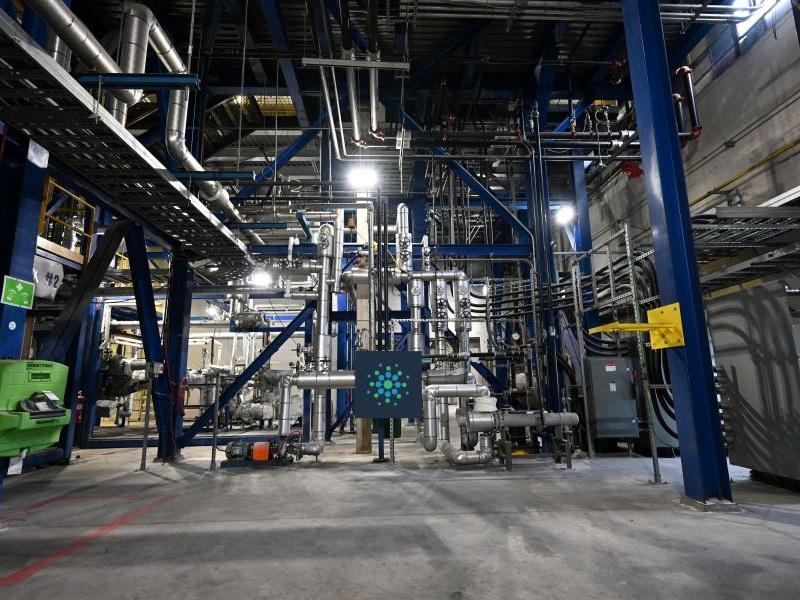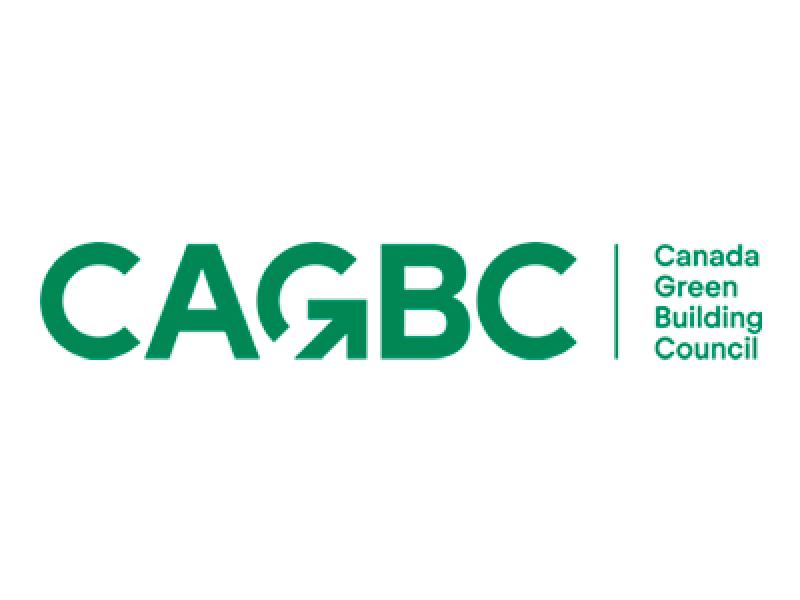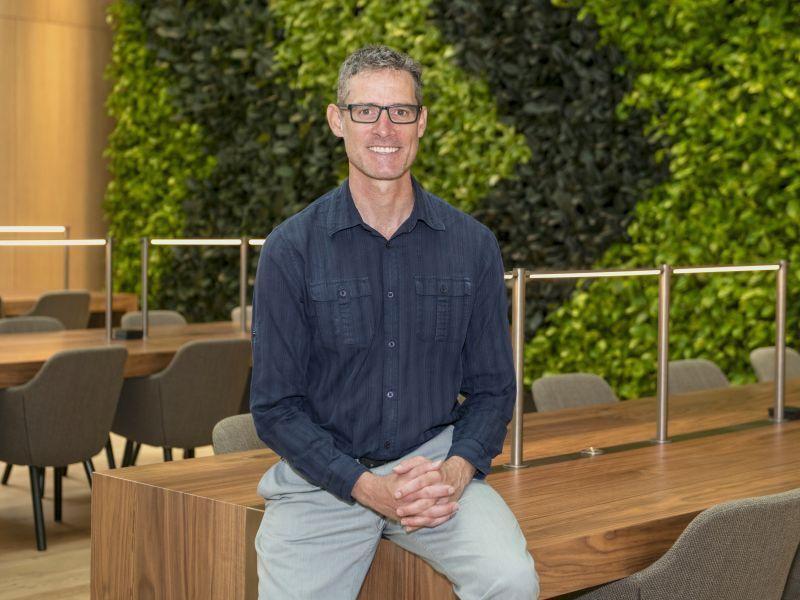
Le Huppé, a 187-unit rental condo development in Quebec City, is the first residential building in Canada to be certified by WELL at a Gold standard. (Courtesy Immostar)
A rental condo complex in Quebec City has been certified as the first Gold-level WELL residential building in Canada, adding credence to its sustainability and residential well-being commitment.
The 13-storey, 187-unit Le Huppé complex was built in partnership with Quebec City developer Immostar and Toronto-based investment management company Fiera Real Estate.
François Pelchat, associate vice-president of development and marketing at Immostar, said Le Huppé was conceptualized to become the first residential WELL project in Canada to reach Gold certification.
After attending one of Canada’s largest real estate shows in 2018 and witnessing real estate advancements from Europe, Immostar took inspiration for the design of Le Huppé. When it presented the idea for attaining the WELL Gold certification to Fiera, Pelchat said the firm “jumped at it, saying, ‘Let’s go.’ ”
Immostar decided to adhere to WELL because Le Huppé neighbours the head office of Promutuel Insurance, the first LEED Gold–certified building in Quebec City. “We wanted to do sustainability on the side and we thought that it could be great to work with our professionals and team on a well-being building for the occupants,” Pelchat said.
The real estate industry is paying attention to the demands from clients to build more sustainably, Pelchat noted. “They want to know more; they want to take care of the planet. If we want to think about a long-term basis, it is easy to complete the needs of the actual clientele, but the next clientele that will live in our building is in 10 years. And if we don’t take care of the planet for those people right now, they won’t be in our building.”
Gold WELL certification
The WELL Building Standard is a series of categories measured by the International WELL Building Institute to encourage and recognize building design which supports the health of its residents.
It covers 10 WELL concepts: air, water, nourishment, luminosity, thermal comfort, movement, sound, materials, mind, community and innovation.
For luminosity, Immostar designed its condo units to have larger-than-average windows, with solar curtains for natural light optimization.
The building is designed to encourage physical activity, with notices and graphics located along corridors suggesting residents and visitors use stairs instead of elevators.
Residents are educated and reminded to eat a healthy and balanced diet that focuses on seasonal local food via written materials and an app. A library is stocked with informative literature on healthy living and diet as well.
Information on energy consumption within Le Huppé is provided via digital screens to inform residents about peak hours. It is meant to incentivize residents to take shorter showers or use their appliances at non-peak hours.
Materials to build Le Huppé had to be certified by WELL; no pesticides are allowed for outside vegetation, recycling for batteries and electronics is available; and residents are encouraged to compost organic waste.
“You can have a green building but if your tenants are not educated with it — if they constantly need to take a 45-minute shower, they start their oven at 5 p.m. while it’s -30°C outside — the impact is not there,” Pelchat remarked.
Energy efficiency
To receive mortgage loan insurance relief and meet its energy efficiency goal, Le Huppé was designed in line with the Canada Mortgage and Housing Corporation’s APH Select program.
Pelchat said Immostar and Fiera conduct seasonal energy tests and expect to lower Le Huppé’s energy consumption compared to a “regular building” by 40 per cent.
Raj Singh, the director of ESG at Fiera, said it does not have data on expected greenhouse gas emissions reductions for Le Huppé. He did, however, point to Fiera’s 2050 net-zero commitment and efforts to decarbonize its portfolio through energy efficient lighting, HVAC systems, building envelopes, electrifying the heating and green certifications from BOMA and LEED.
Immostar expects to have figures on greenhouse gas emissions reductions by October.
“The market is interested”
Pelchat said it is difficult to measure the cost of meeting Gold WELL certification, but gave a range between three to four per cent more than a regular project. It would also require more effort from the developer, which must respond to the application and inquiries from residents and educating staff during the first two years.
“But at the end, people are ready to pay more for (living) in this kind of development,” he said.
The development director said Le Huppé was built in an opportune moment during the COVID-19 pandemic before inflation began impacting construction costs, which could’ve skyrocketed 25 per cent and also increased the costs of achieving the WELL certification.
Receiving the WELL certification carries certain benefits, he said. “The market is interested and there’s good impact on tenants. It’s a good impact on the planet, but also makes money.”
Pelchat said the proof is in the numbers. Le Huppé was fully occupied six months after opening and currently has a waiting list of 50 prospective tenants. He also cited the higher-than-average retention rate of 95 per cent compared to the Quebec City average of 80 per cent.
As having lower turnover cuts down on refurbishment costs, it saves money. It also helps with the capitalization rate and banks grant better access to financing because Le Huppé is greener.
Immostar is also simultaneously developing the 465-unit LE Mu “rental condo” complex in Quebec City. It is currently in development and is expected to be accredited by WELL a year or 18 months after its completion.
“With everything that we learned from these two buildings, when I’m building another place I try to put all the positives that we learned from those buildings without necessarily getting certification; maybe we could use 80 per cent of what we learned and put it in our building,” Pelchat said.










